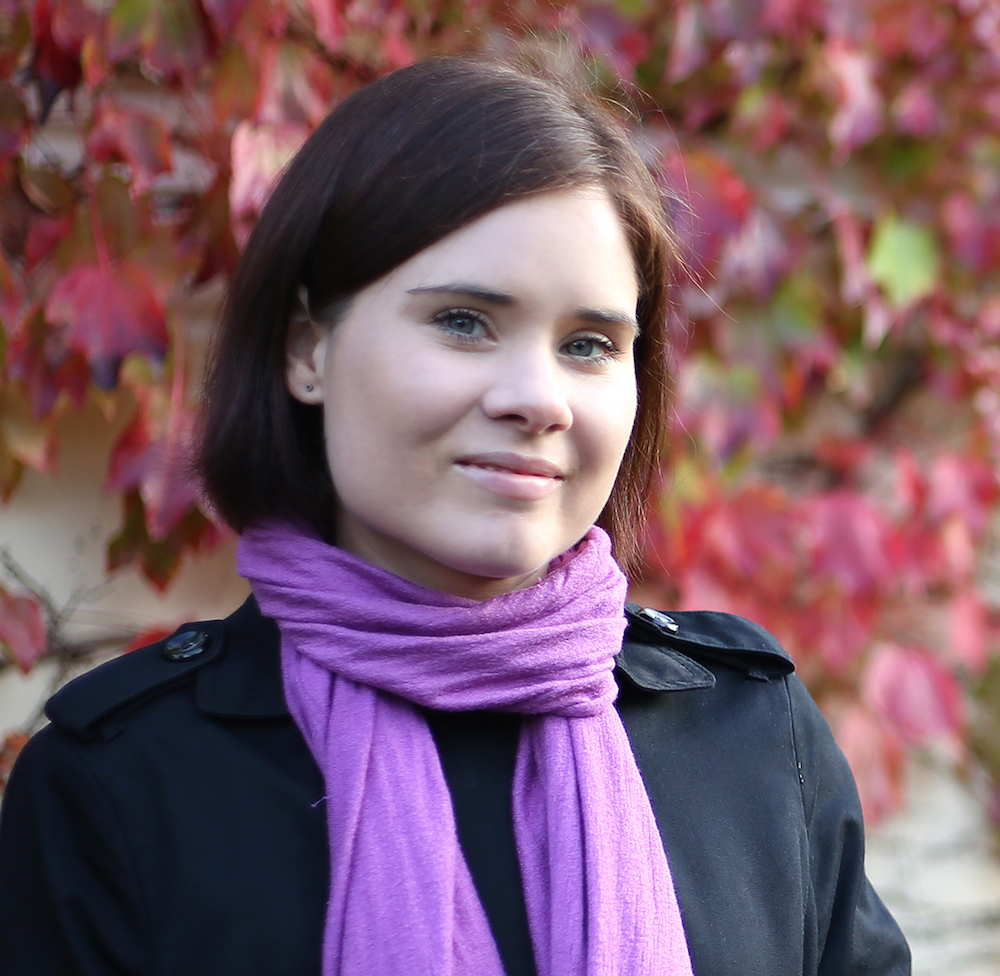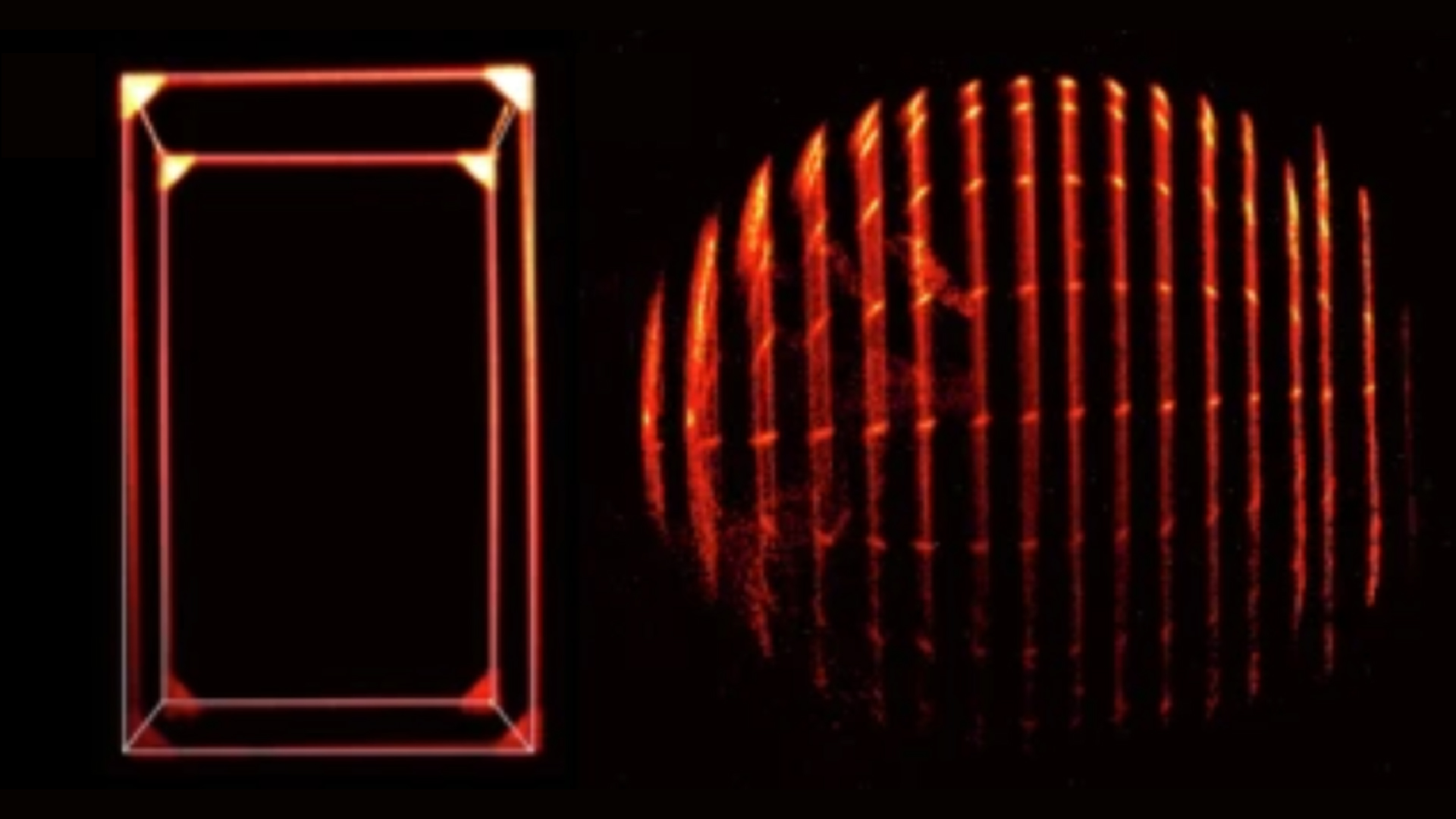Many Women with Breast Cancer Don't Need Chemotherapy

Up to 70 percent of women with a certain type of breast cancer may not need chemotherapy, a new study finds.
Avoiding chemotherapy may come as a relief to many women who are diagnosed with breast cancer, as the treatment comes with a number of side effects, including nausea, hair loss and anemia.
The study, published yesterday (June 3) in The New England Journal of Medicine, included more than 10,000 women with the same type of breast cancer: early-stage, hormone-receptor-positive, human epidermal growth factor receptor 2 (HER2)-negative breast cancer. (That mouthful refers to three things: that the cancer was found early, that it could bind to certain hormones and that it didn't have the HER2 receptor.) This type of breast cancer is the most common type, according to the researchers. [10 Do's and Don'ts to Reduce Your Risk of Cancer]
All of the women in the study, called the Trial Assigning Individualized Options for Treatment (Rx), or TAILORx, had their breast tumors analyzed with a molecular test. The test looks at 21 genes and then spits out a score, from zero to 100, that predicts the risk that the breast cancer will return after surgery.
The researchers were specifically interested in women who scored 10 to 25 on the test — scores that fall in the range of a medium risk of the cancer returning after surgery. Women with low risk scores — those below 10 — don't need chemotherapy after surgery, and instead can be treated with hormone therapy, previous studies have found. Similarly, women with high risk scores — above 25 — should receive chemotherapy in addition to hormone therapy. (Hormone therapy is a treatment that blocks or lowers the amounts of specific hormones in the body that help the cancer grow.)
Doctors were unsure, however, whether women in the medium-risk range were benefiting from chemotherapy or just experiencing the side effects.
TAILORx
Out of the 10,000 women enrolled in the TAILORx study, around 6,700 fell in the medium-risk range. These womenrandomly divided into two groups: One group received only hormone therapy after surgery, and the other group received both hormone therapy and chemotherapy.
Get the world’s most fascinating discoveries delivered straight to your inbox.
Then, five and nine years later, the researchers checked in on how the women were doing. They found that there was almost no difference in the cancer-recurrence rates between the women who received just hormone therapy and the women who received both treatments.
After five years, 92.8 percent of the women who received hormone therapy alone, and 93.1 percent of those who received hormone therapy plus chemotherapy, were cancer-free.
After nine years, the cancer-free rates were 83.3 percent for the hormone-therapy-only group and 84.3 percent for the hormone-therapy-plus-chemotherapy group.
At both time points, the difference was so small that it was not considered statistically significant (meaning it could have occurred due to chance), the researchers said in a statement.
"Until now, we've been able to recommend treatment for women with these cancers at high and low risk of recurrence, but women at intermediate risk have been uncertain about the appropriate strategy to take," study co-author Jeffrey Abrams, associate director of the National Cancer Institute’s Cancer Therapy Evaluation Program, which supported the trial, said in the statement.
"These findings, [which show] no benefit from receiving chemotherapy plus hormone therapy for most patients in this intermediate-risk group, will go a long way to support oncologists and patients in decisions about the best course of treatment," Abrams said. [7 Side Effects of Cancer Treatment, and How to Cope with Them]
The researchers noted one caveat to the findings, however: Women who were either premenopausal and/or younger than 50 and fell in the higher part of the medium-risk range (scores of 16 to 25) may have experienced a slight benefit from chemotherapy. These women should discuss chemotherapy with their doctors, the researchers said.
Arnie Purushotham, a senior clinical adviser to Cancer Research UK who was not involved in the study, welcomed the TAILORx results as an important step toward making cancer treatment less harsh for patients.
"By stratifying these breast cancer patients [by risk] and finding that only those with the highest risk of recurrence need to have chemotherapy based on their tumor genetics, TAILORx shows great potential to ensure more gentle treatment without compromising its effectiveness," Purushotham told Live Science.
"We're looking forward to a future where cancer is treated using a personalized approach," he added. "In many cases, we will be able to tailor treatments to the patient and their tumor."
According to the TAILORx researchers, 260,000 women who are diagnosed with breast cancer each year around the world fall into the medium-risk category that wouldn't benefit from chemotherapy.
While cancer survival rates have doubled over the past 40 years, Purushotham added, researchers hope personalized treatment based on genetic profiling will deliver further improvements.
Originally published on Live Science.

